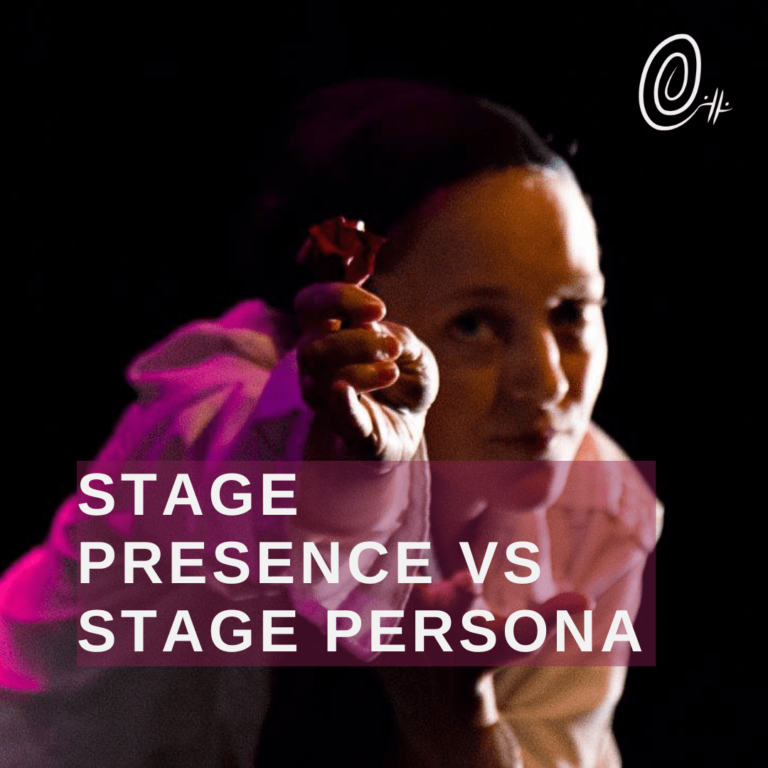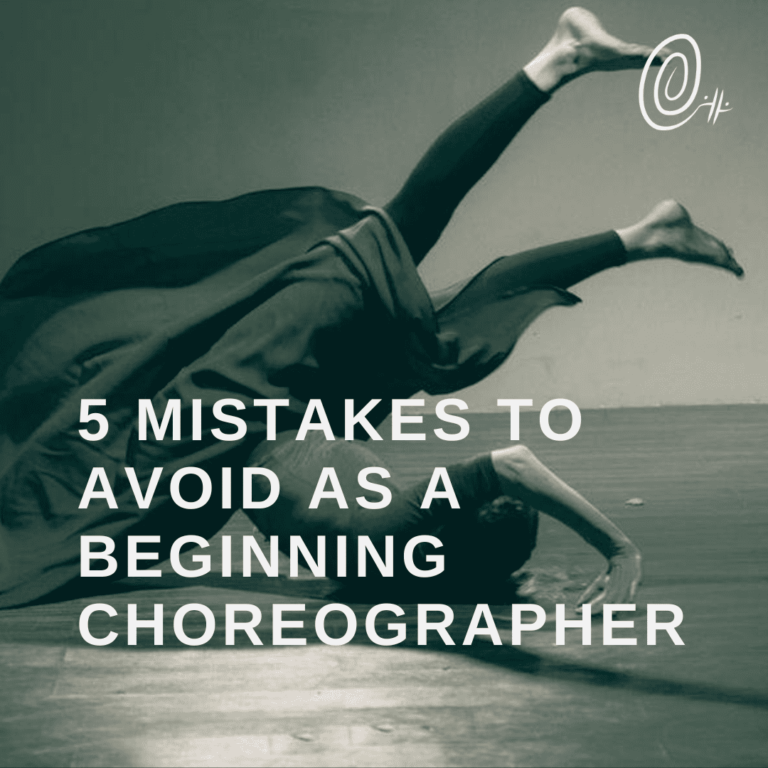How to Improve Your Storytelling
It seems to me there is a misconception out there that if you have a story for your company, product, or content, that’s enough. This is not true: there is a difference between good stories and bad ones. Good storytelling helps you get ahead; bad storytelling can either actively harm you or make no difference. (It depends on how bad it is).
Let’s treat storytelling as the skill it deserves, people. No, your average ChatGPT “brand story” is unlikely good storytelling. Unless you have a very skilled person who knows AI inside and out and has trained the model carefully with extensive company data. This is the same for regular books as well.
Without further ado, here are a few ways to improve your storytelling – whether you are an author or content creator, it’s pretty much the same process!
Make it real
Storytelling, even if it’s about a grand fantasy world with elves and dwarves, need to be real enough to trick the audience’s brain into thinking it is, in fact, real. Even if they know, intellectually, that it is not there is still a part of them that wants very much to believe that Frodo did indeed go to Mordor.
Your characters should feel like they could possibly exist somewhere, somehow. You don’t need to be Tolkien and invent a language, no. However, if they aren’t three dimensional, they should at least fulfill an archetypal role that we understand.
In a brand storytelling situation, this means that you can’t run off to the sunshine meadows and talk about how you’re single-handedly saving the world. Your story, your mission, your product – they need to be grounded. They need to feel like they could exist. If you promise an experience, the story needs to deliver that experience. Stories are not life, but their power lies in the fact that they feel like they could be.
Make it consistent
If you’ve said something about the world in chapter one, it should be true by chapter ten. Before I go pointing fingers, let me explain something that happened to me. In an early draft of my book “By the Angels’ Wings,” I wrote that the bad guys had outlawed fire so no one would realize that the whole world was burnt (rewritten history thing). But then some of my characters regularly made fires. It took several drafts for me to realize that was a problem, and find a way to justify it (or take it out). There were a LOT of instances like that, where the world building was inconsistent.
In brand storytelling, this means that you need to be careful that the story is consistent across platforms, products, iterations. Your approach can change, but if the core story and “worldbuilding” of the company changes without clear development, it will throw off the consumer. Good development could come in the form of DEI initiatives, for examples, but it won’t work unless you address the story as a whole, from the world, the characters, the plot, the goal, the outcome, etc.
Get diverse feedback
By the Angels’ Wings was trash until I had a few different beta readers get on it. A few people asked some basic questions. Some had proofreading suggestions. One reader provided a page of in depth questions that, when answered, fundamentally made the story more whole and consistent.
We all wish that one reader will always be there, and then it’s easy to just keep coming back. The truth is, however, that you need lots of perspectives in building a story. Everyone understands things differently, and the power of a story comes through when most people are able to understand the majority of it. They might not have the exact same interpretation, but they understand it enough to respond, interpret, interact.
Good storytelling is comprehensible. It makes sense. People read/watch/experience, and they feel they understand. That can only happen if you’ve made sure to consult diverse perspectives. Even in the case that you only want a tiny target audience to interact with your story –there’s nothing wrong with niches! You’d still need to make sure you consult a few people who are in that niche, even if you are yourself. It’s amazing how differently people understand words, symbols, and archetypes. You can only know how people understand by asking them, and doing it before you publish a campaign that gets lambasted for being insensitive is probably the better route.
Please tell good stories y’all
I don’t mean stories that end well or even happy stories. I mean, the world is full of terrible storytelling these days. Almost every day I watch a new ad campaign and think, I wonder if anyone else thinks that storytelling is super weird.
Good storytelling is powerful. So if you’re going to tell a story, do it well.







